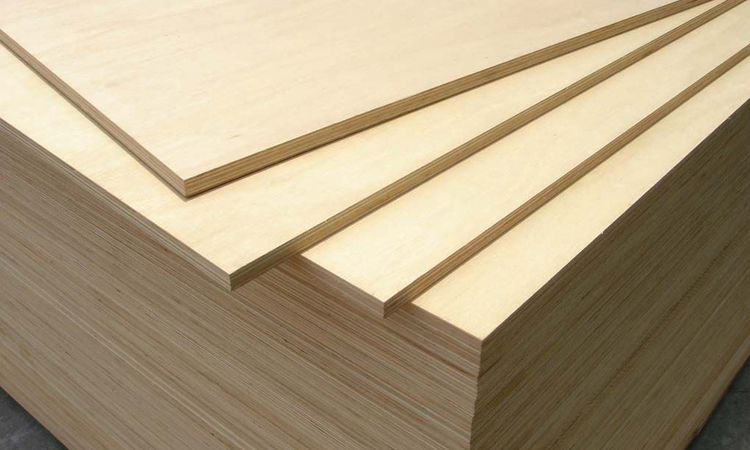Construction, China demand drive global plywood growth to 2022
Source:woodworkingnetwork.com
The global market for plywood is projected to reach 223.4 million cubic meters by 2022, driven by recovering construction activity in most countries worldwide; rise in high value, high rise constructions; growing preference for plywood in interior design especially of floors, ceilings, and walls; and a healthy furniture industry, according to Plywood - Global Strategic Business Report 2016.

The global market for plywood is projected to reach 223.4 million cubic meters by 2022, driven by recovering construction activity in most countries worldwide; rise in high value, high rise constructions; growing preference for plywood in interior design especially of floors, ceilings, and walls; and a healthy furniture industry, according to Plywood - Global Strategic Business Report 2016.
Significance of plywood in the construction sector has increased substantially over the last decade due to the various benefits of plywood such as maintainability, strength-to-weight ratio and price.
A growing construction market particularly residential housing, spurt in renovation and remodeling projects and increased spending on bedroom and dining room furnishing represent major drivers of plywood consumption worldwide.
The growing demand for furniture is supported by improving economic growth, rising incomes, recovering home values and the ensuing greater willingness of homeowners to invest in furnishings and interior architecture. Demand is also expected to surge in the transportation end-use sector. In the packaging sector, on the other hand, growing popularity of alternative materials such as cardboard and plastic will challenge growth of plywood based packaging solutions, according to the report.
Production of plywood is migrating from North America, Europe and South Asia to China. Quality and cost continue to drive plywood supply mix worldwide. In 2015, Russian plywood made its mark in international trade, particularly in the EU market, driven by relatively lower prices of Russian birch plywood.
Anti-dumping duties and sustainability focused regulations are also impacting the sourcing of plywood. While various factors including price, quality and trade relations dictate trade routes, demand for plywood is expected to buoy with growing construction activity associated with improving economic growth. A major challenge for the plywood industry is the higher prices of plywood in comparison to OSB which provides benefits similar to plywood. OSB emerged in recent years as a major competitor to plywood, although the rate of substitution remains varied in different parts of the world.
As stated by the new market research report on plywood, China represents the largest market worldwide led by growing construction activity, especially new construction and sales during the first half of 2016. In the immediate future however, the slowdown in the country's GDP, and higher housing inventories are expected to put downward pressure on the market. India ranks as the fastest growing market worldwide with a CAGR of 9.2 percent over the analysis period.
Major players covered in the report include Boise Cascade Company, Century Plyboard (India) Ltd., Eksons Corporation Bhd, Georgia-Pacific, LLC, Greenply Industries Limited, Jaya Tiasa Holdings Berhad, Roseburg Forest Products Co., Sarda Plywood Industries Limited, SDS Lumber Company, Seihoku Corporation, Subur Tiasa Holdings Berhad, SVEZA, Ta Ann Holdings Berhad, Uniply Industries Ltd., UPM-Kymmene Corporation, West Fraser Timber Co., Ltd., Weyerhaeuser Company and WTK Holdings Berhad among others.
(Source: woodworkingnetwork.com Author: Karl D. Forth)





 沪公网安备31010402003309号
沪公网安备31010402003309号



